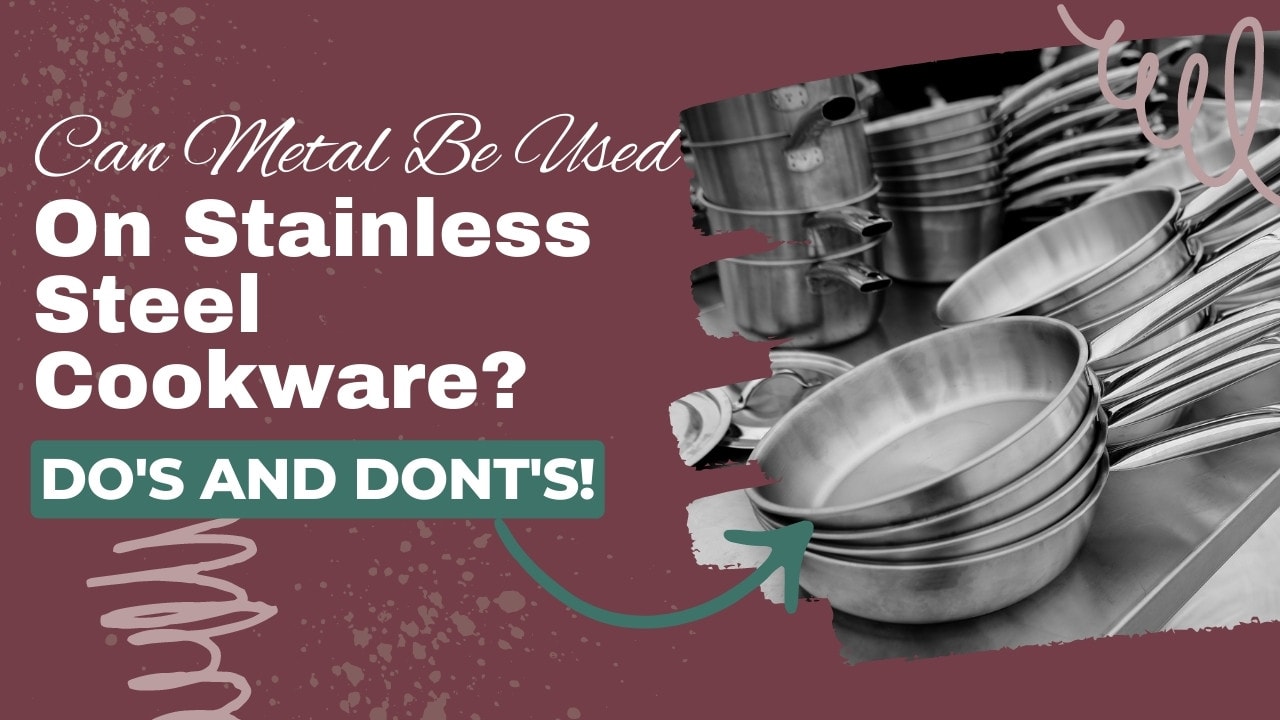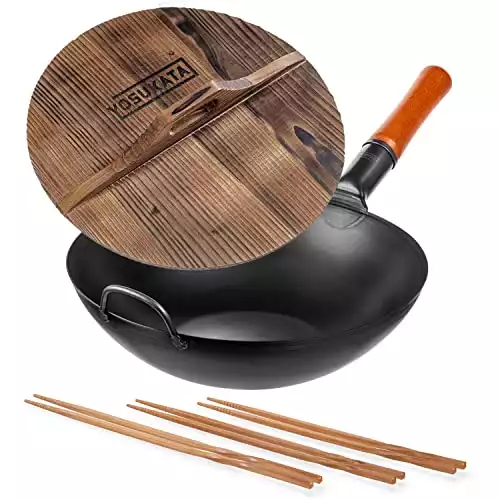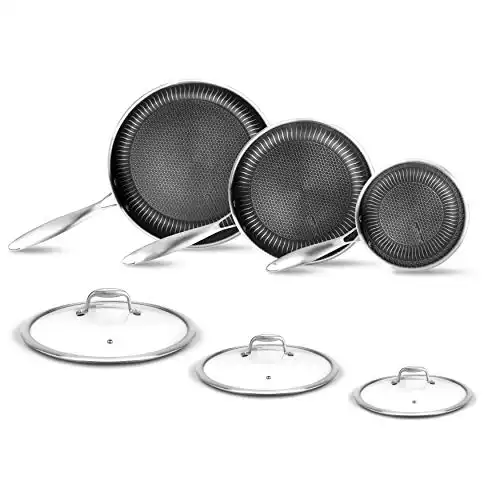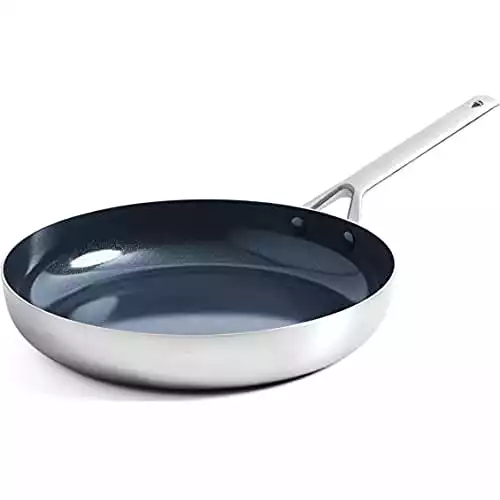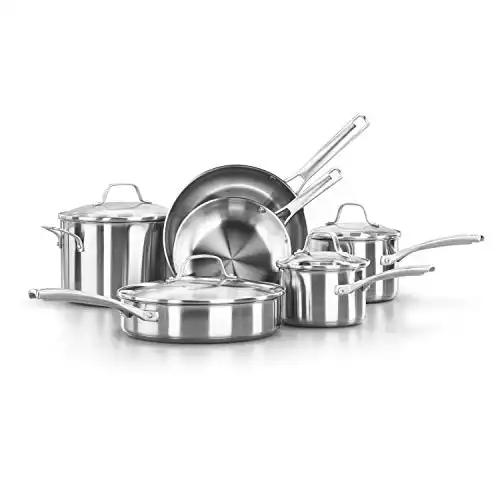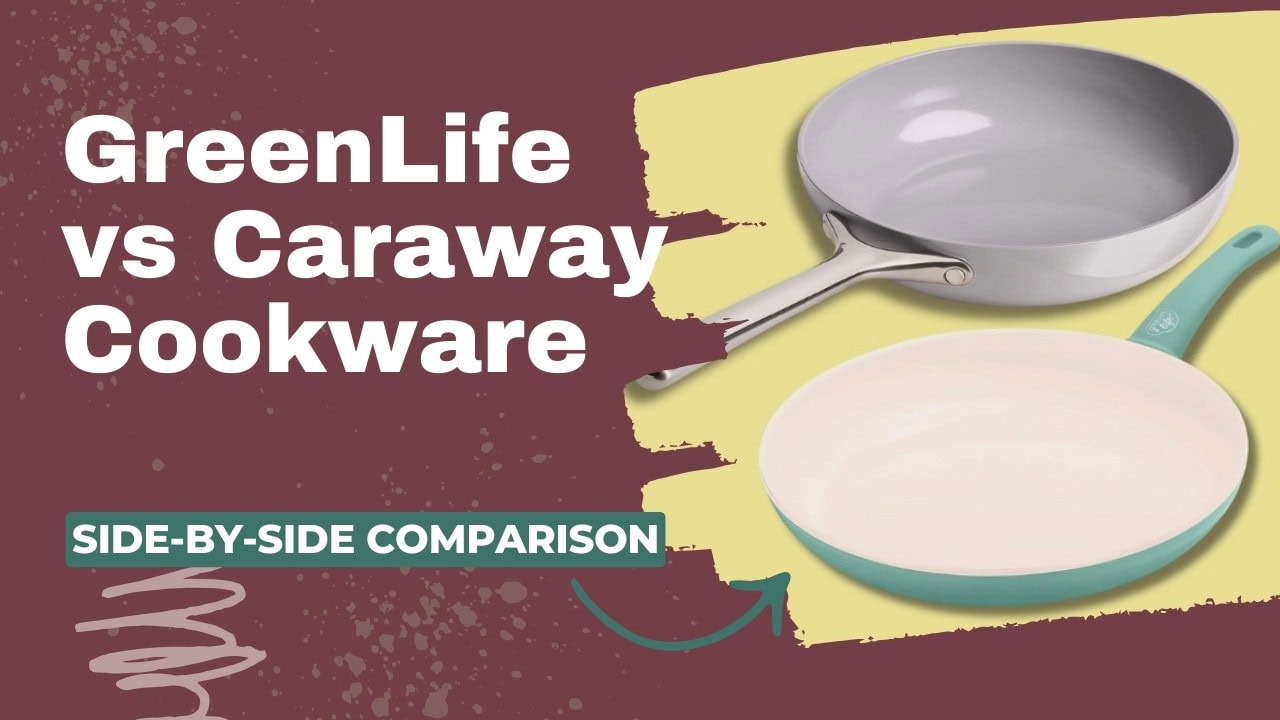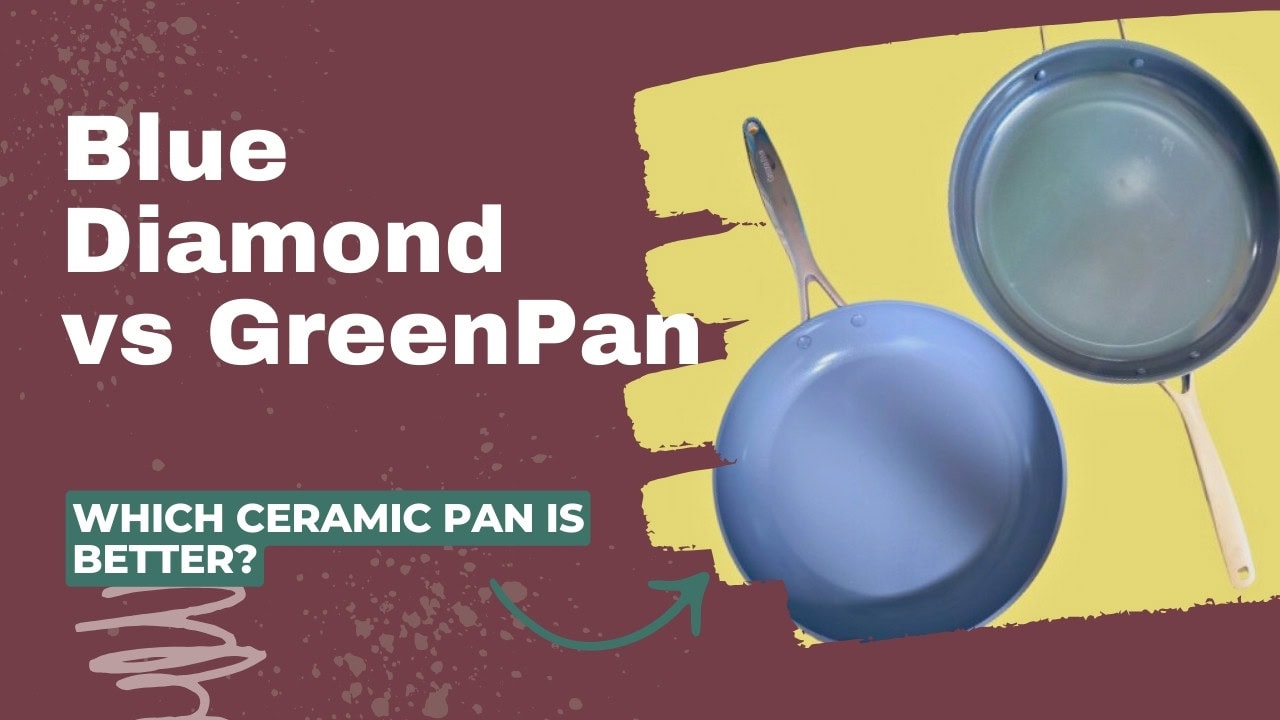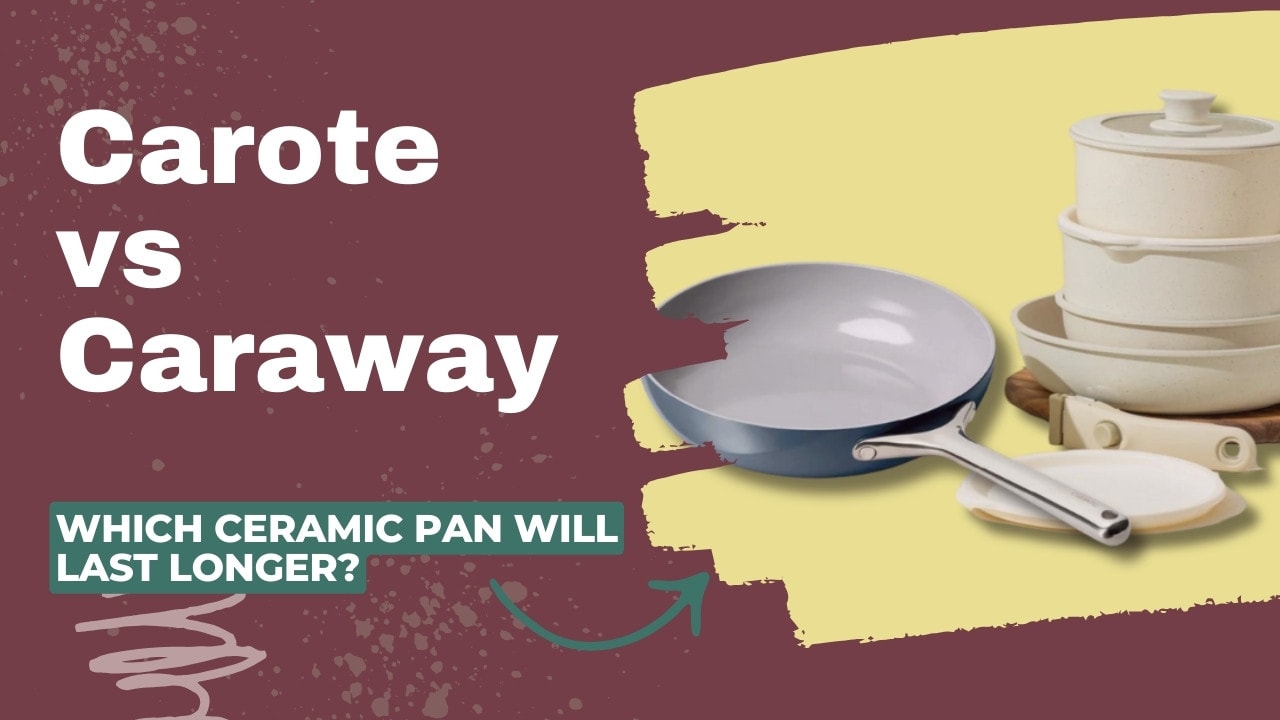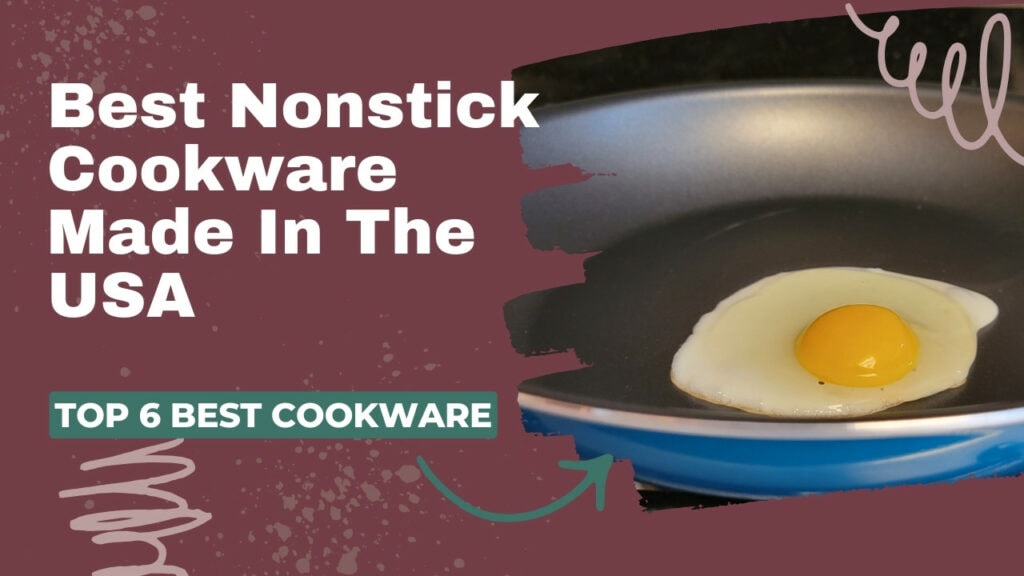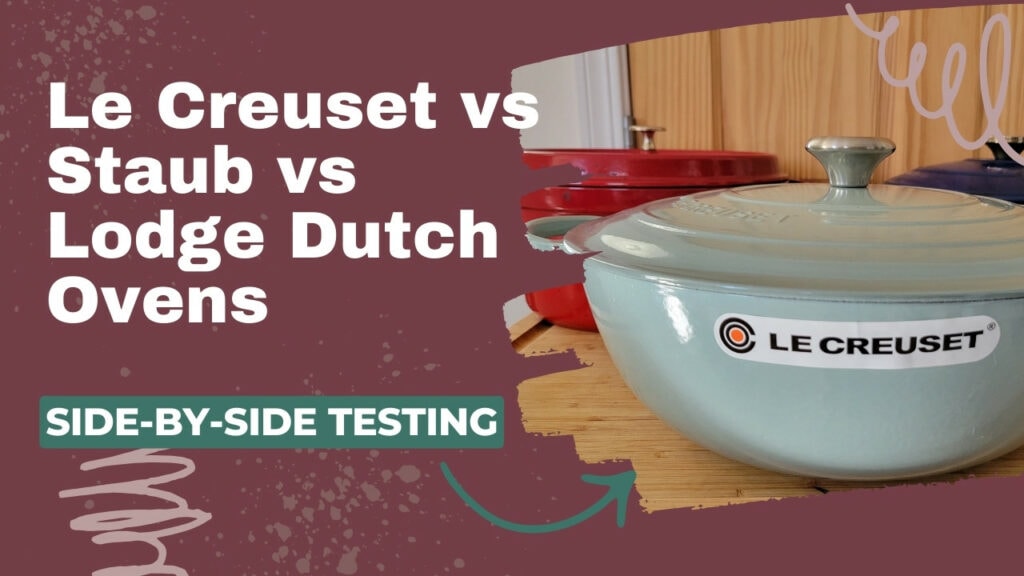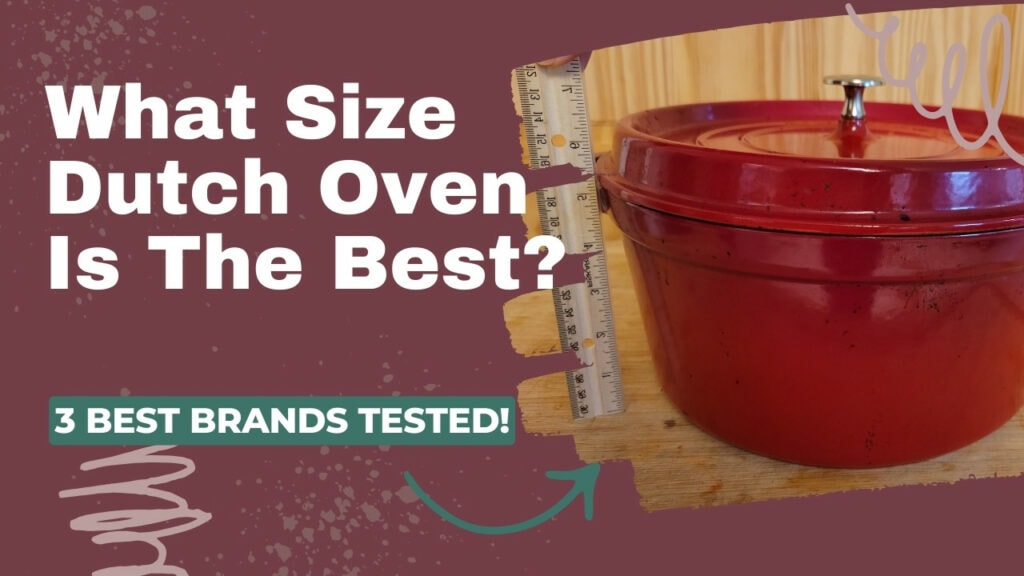Have you ever spent your hard-earned money on shiny new cookware, only to have a family member scratch it with a metal spatula? Sooo frustrating, right? But if you don’t want to give up the stainless steel utensils (I’m with you there) maybe you’re wondering if stainless steel is a good option for your next pan purchase.
Can metal be used on stainless steel cookware?
Yes. Yes it can. Safely. Usually. This article will dig into more specifics about when steel on steel isn’t a great idea.
By the end of this article you will know:
Can You Use Metal on Stainless Steel Cookware?
It is safe to use metal utensils on stainless steel cookware as long as your stainless bowl or pan does not have a nonstick coating. Regular stainless steel cookware is hard-wearing, covered in a layer of tough, shiny nickel. It can withstand the consistent use of metal utensils without damage to the surfaces of your pots and pans.
The one metal tool you will want to avoid on a natural stainless steel pan is a steel scrubbing brush. These can scratch the steel.
However, if your stainless steel pans have a ceramic or nonstick coating, you’ll need to use bamboo, nylon, or (my favorite) silicone utensils on the pan. Check out our guide on the best utensils to use with stainless steel.
Types of Stainless Steel Cookware
Stainless steel cookware is made from an alloy of iron, chromium, and nickel, which combine to make an incredibly durable surface. It is relatively lightweight, retains heat well, and is suitable for all cooktops, including induction. All these factors combined make this material perfect for cookware that is nontoxic and lasts more or less forever.
100% Pure Stainless Steel Cookware
Surprise! 100% pure stainless steel cookware doesn’t actually exist. Stainless steel is a combination of different metals and different grades of steel have different ratios of these metals. Since steel actually doesn’t conduct heat very well (although it holds that heat well!), it’s usually mixed or clad with aluminum or copper in cookware.
Clad Stainless Steel
Aluminum and stainless steel cookware are often pitted against each other when debating what the best material is for cookware. There are some significant differences between aluminum and stainless steel cookware but the strongest pans, in my opinion, are the ones that combine the power of aluminum and stainless steel in a layered design.
These pans have either three or five-ply designs that sandwich layers of stainless steel with aluminum together to create a superior cooking tool. These pans are known as “clad” stainless steel, and you can use metal utensils on them. There may be some minimal scratching, but it won’t significantly decrease the life of the pan.
✅ Ergonomic wooden handle
✅ Pre-seasoned at high temperatures over 600°F
Nonstick Stainless Steel
With Nonstick Stainless Steel, your cookware will have all the same properties as I described above but with an additional nonstick coating that makes food release more easily. Unfortunately, this coating makes these pans unsuitable for metal utensils.
All nonstick coatings fall into three main types: PTFE-based, PTFE-free ceramic, and natural seasoning.
PTFE Nonstick Cookware
PTFE, or polytetrafluoroethylene, is a synthetic polymer that creates a very powerful nonstick surface. Teflon is the leader in PTFE-based nonstick, but nonstick coatings can be PTFE without using the brand name Teflon. These days a lot of people are moving away from this type of nonstick coating due to the potential health risks of overheating it.
✅ Scratch resistant
✅ Ergonomic & heat-resistant handle
✅ Oven safe up to 500°F
✅ Tempered glass lids
When buying your stainless steel, it’s important to read the packaging first to determine whether the nonstick is PTFE-free. (Remember, PFOA-free does not mean PTFE-free!) Unfortunately, most nonstick stainless steel on the market is PTFE-based. For this reason, I tend to buy regular uncoated stainless steel cookware because I feel more confident that it is non-toxic.
PTFE Ceramic Cookware
PTFE-free cookware mainly uses a ceramic coating, made from heating a sand-based silicone gel up to 800°F, give or take. Some manufacturers infuse the silicone with mineral, titanium, or even diamond dust. Some put an additional coating or glaze on the surface.
Seasoned with a Natural Patina
Everyone knows that you can season cast iron and carbon steel, baking layers of oil on to the metal to create a shiny hydrophobic surface. You can actually do the same with your stainless steel pans – but they won’t be bright and clean looking anymore.
So, which coated stainless steel pans can handle metal utensils?
Sadly, none of them.
Steel or metal whisks, spatulas, and spoons will scrape, chip, scratch or damage PTFE, ceramic, or even natural oil coatings. The good news is that you can re-season a scratched oil patina. The bad news is that you can’t fix scratches in Teflon or ceramic coatings. These scratches won’t just render the nonstick completely useless -– they may even present health hazards.
Depending on the glazes and finishes used, ceramic pans can be relatively non-toxic. If a metal utensil chips the sol-gel coating on ceramic, it may not cause adverse effects to your health (though it will ruin your pan.) The metal core of the pan will be exposed, though, potentially leaching aluminum into your food.
However, if you scratch a PTFE-based nonstick coating it’s a different story. Scratching a nonstick coating can release microplastics into your food. According to a study done by the Global Centre for Environmental Remediation, the smallest surface scratch can cause 9,000 plastic microparticles to enter your food! While the health effects of these microplastics are still being studied, it’s safer to avoid this possibility altogether in my book.
What if the Manufacturer says You Can Use Metal Utensils on Non-stick Stainless Steel?
Some nonstick cookware is marketed to be safe with metal utensils – but use them at your own risk. You can also check the manufacturer’s warranty to see if metal utensils are a no-no before trying them on your pan.
In my own and other customers’ experience, steel utensils do tend to cause scratching and damage over time. So, I suggest you avoid using metal utensils on any nonstick or coated stainless steel cookware.
Conclusion
So, you got it. For coated stainless steel, choose silicone, wood, nylon, or bamboo. Only use metal utensils if you have a high-quality set of stainless steel pans, like this coveted Calaphon set.
✅ All cooktops compatible
✅ Stainless steel long handles
✅ Metal utensil safe (Diamond-infused coating)
✅ Oven safe up to 450°F
I share my picks for the best utensils to use on stainless steel cookware at our buying guide here.

